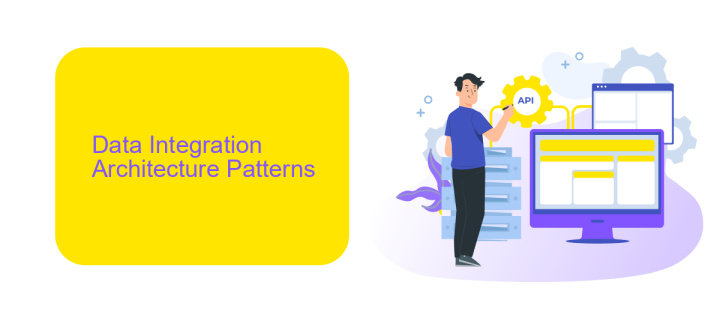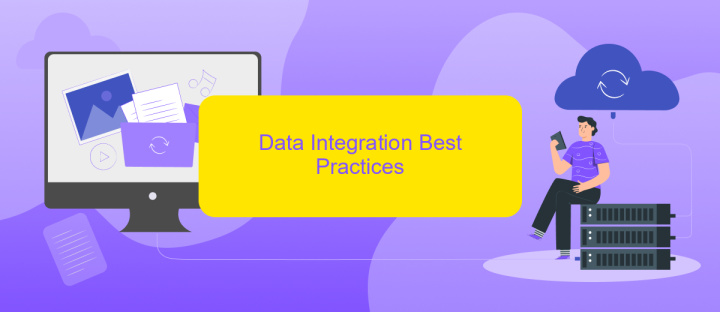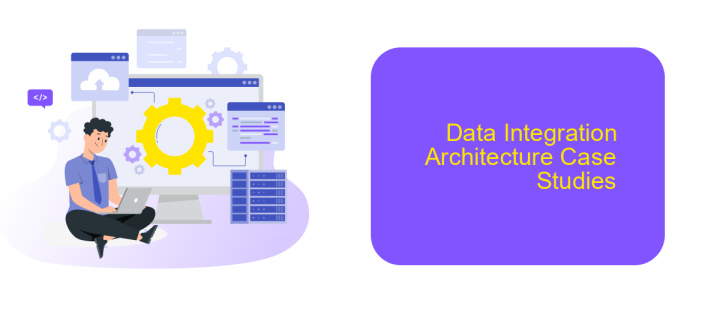Data Integration Architecture
Data Integration Architecture is a critical framework that enables seamless data flow and consolidation from diverse sources into a unified system. By leveraging various tools and methodologies, this architecture ensures that data is accessible, consistent, and valuable for decision-making processes. In this article, we will explore the key components, benefits, and best practices for implementing an effective data integration architecture.
Introduction
Data integration architecture is a crucial component in modern enterprises, enabling seamless data flow between disparate systems. By consolidating data from various sources, organizations can achieve comprehensive insights, improve decision-making, and enhance operational efficiency. The architecture typically involves several layers, including data sources, data integration tools, and data storage systems.
- Data Sources: These can be databases, APIs, cloud services, or on-premises systems.
- Data Integration Tools: Tools like ApiX-Drive facilitate the integration process by automating data transfers and transformations.
- Data Storage: Integrated data is stored in data warehouses, lakes, or other repositories for easy access and analysis.
Effective data integration architecture helps businesses streamline their data management processes, ensuring data consistency and accuracy. With the right tools and strategies, such as those offered by ApiX-Drive, organizations can automate complex workflows, reduce manual interventions, and focus on leveraging data for strategic initiatives.
Data Integration Architecture Patterns

Data integration architecture patterns are essential for ensuring seamless data flow between disparate systems. One common pattern is the ETL (Extract, Transform, Load) process, where data is extracted from multiple sources, transformed into a consistent format, and loaded into a target system. This pattern is particularly useful for data warehousing and analytics, providing a structured approach to handle large volumes of data.
Another widely-used pattern is the API-based integration, which leverages APIs to connect different systems in real-time. This pattern is ideal for scenarios requiring immediate data synchronization and interaction between applications. Services like ApiX-Drive facilitate this type of integration by offering a platform to easily connect and automate data flows between various applications, reducing the need for manual intervention and custom coding. These patterns, when implemented correctly, help organizations maintain data consistency, improve operational efficiency, and enable better decision-making.
Data Integration Best Practices

Effective data integration is critical for ensuring seamless operations and informed decision-making. To achieve optimal results, organizations should adhere to several best practices that streamline data integration processes and enhance data quality.
- Define Clear Objectives: Establish specific goals for data integration to ensure alignment with business needs.
- Ensure Data Quality: Implement data validation and cleansing processes to maintain high-quality data.
- Utilize Scalable Tools: Leverage scalable integration tools like ApiX-Drive, which facilitate easy and efficient data transfer between systems.
- Maintain Data Security: Protect sensitive information through robust encryption and access controls.
- Monitor and Optimize: Continuously monitor integration processes and optimize them for performance and reliability.
By following these best practices, organizations can enhance their data integration efforts, leading to improved operational efficiency and better decision-making. Tools like ApiX-Drive can significantly simplify the integration process, ensuring data flows smoothly and securely across various platforms.
Data Integration Architecture Case Studies

Data integration architecture is a critical component in modern enterprises for ensuring seamless data flow across various systems. One notable case study involves a retail company that needed to integrate data from multiple sources such as sales, inventory, and customer databases. By implementing a robust data integration architecture, they were able to achieve real-time data synchronization, which significantly improved their decision-making capabilities.
Another case involves a healthcare organization that faced challenges in integrating patient records from disparate systems. By leveraging a centralized data integration platform, they were able to streamline patient data management, ensuring that healthcare providers had access to accurate and up-to-date information. This not only improved patient care but also enhanced operational efficiency.
- Retail company improved decision-making with real-time data synchronization.
- Healthcare organization streamlined patient data management for better care.
- Financial institution enhanced risk management through integrated data analytics.
In these cases, services like ApiX-Drive played a crucial role in simplifying the integration process. ApiX-Drive offers a user-friendly interface and pre-built connectors, enabling businesses to easily integrate various applications without extensive coding. This not only reduces the time and effort required for integration but also ensures data consistency and reliability across systems.
Conclusion
In conclusion, an effective Data Integration Architecture is essential for organizations seeking to harness the full potential of their data. By integrating disparate data sources into a cohesive system, businesses can achieve better data accuracy, streamline operations, and make more informed decisions. The architecture should be designed with scalability, flexibility, and security in mind to accommodate future growth and evolving technological landscapes.
Tools like ApiX-Drive can play a crucial role in simplifying the integration process, offering user-friendly interfaces and robust features that facilitate seamless connectivity between various platforms. By leveraging such services, organizations can quickly set up and manage integrations without extensive technical expertise, thereby reducing the time and resources needed for implementation. Ultimately, a well-structured Data Integration Architecture, supported by reliable tools, can significantly enhance an organization's ability to leverage data for strategic advantage.
FAQ
What is Data Integration Architecture?
Why is Data Integration important?
What are the common components of Data Integration Architecture?
How can businesses automate their Data Integration processes?
What challenges might arise in Data Integration, and how can they be addressed?
Do you want to achieve your goals in business, career and life faster and better? Do it with ApiX-Drive – a tool that will remove a significant part of the routine from workflows and free up additional time to achieve your goals. Test the capabilities of Apix-Drive for free – see for yourself the effectiveness of the tool.

